The California Current is one of only four temperate upwelling systems in the world. Seasonal upwelling of nutrient-rich waters fuels a highly productive ecosystem, supporting biodiversity and fisheries that, along with coastal tourism, are a foundation of California’s economy.
Yet California’s coasts and oceans are also under increasing threat. Relatively few fisheries are managed based on robust scientific assessments, and more needs to be done to avoid overfishing and reduce bycatch. Plastics and other pollutants are pervasive. Climate change compounds these challenges. Ocean chemistry is changing. Sea levels and temperatures are rising – threatening important resources, biodiversity, and human populations.
Fortunately, the coastal and ocean ecosystems of California are bolstered by a network of marine protected areas and some of the most science-based marine policies in the world. Conservancy scientists look to build on those foundations by applying science and technology to enhance resilience of marine resources in the face of emerging threats.
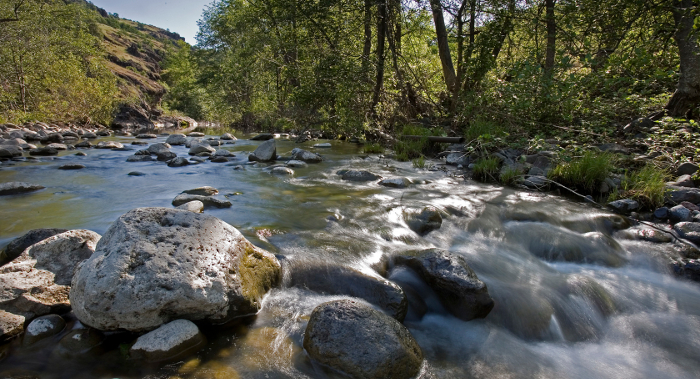
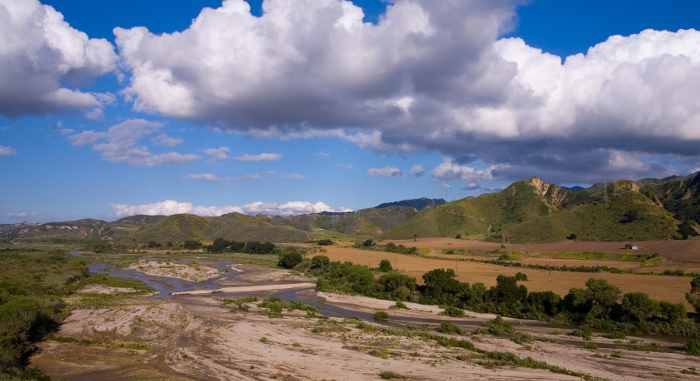
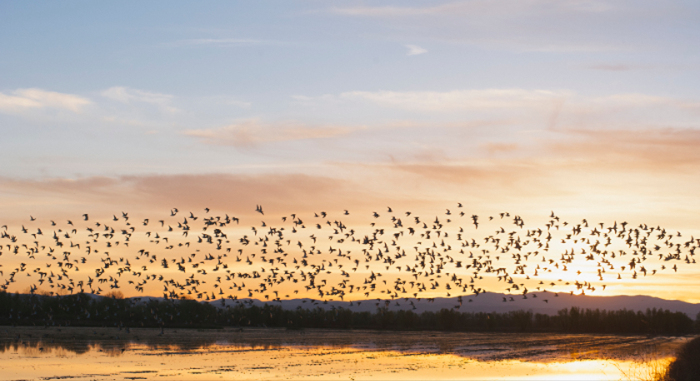
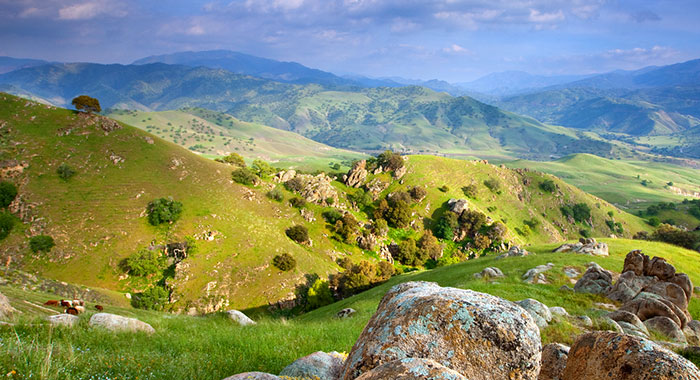
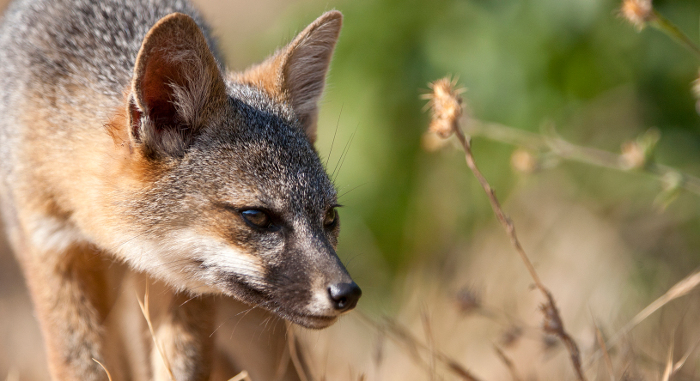
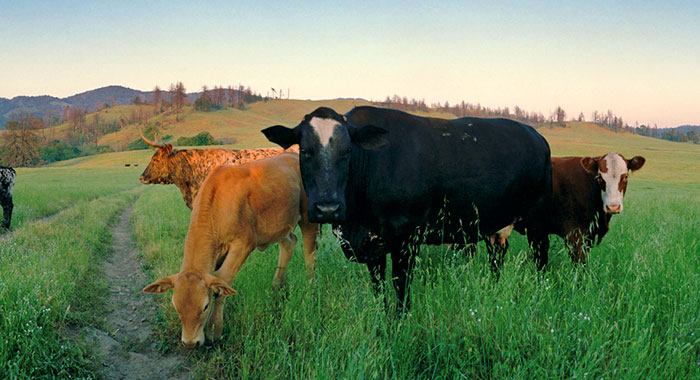
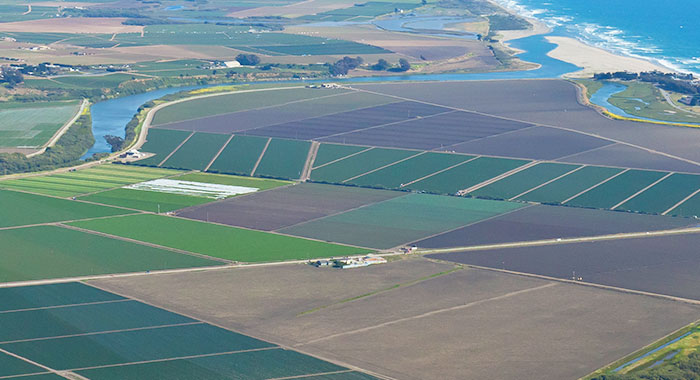

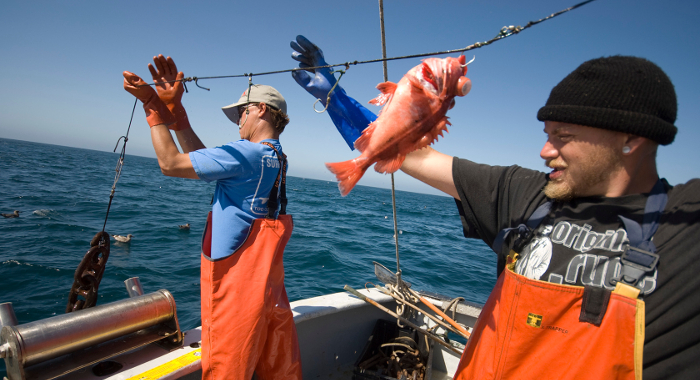



M.B. Pesendorfer, T.S. Sillett, S.A. Morrison, A.C. Kamil
Foraging behavior may be influenced by a variety of factors, including food abundance and competitor density. This study examines how such factors affect the seed caching behavior of the Island…Kirk Klausmeyer, Jeanette Howard, Sandi Matsumoto, Sally Liu, Melissa Rohde
Groundwater is essential to the health and viability of plants, animals and ecosystems. Many tree species, like willows and cottonwoods, rely on groundwater to survive seasonal and annual dry spells.…Cara Byington, Greg Golet
Sophie S. Parker, Lily N. Verdone, E.J. Remson, Brian S. Cohen
This study addresses a basic problem shared by many riparian conservation projects: parcelization. Having dozens or hundreds of owners along a river can make conserving riparian ecosystems a difficult…M.B. Pesendorfer, T.S. Sillett, W.D. Koenig, S.A. Morrison
Many corvids are renowned as “ecosystem engineers” because they facilitate the long-distance seed dispersal of keystone tree species like oaks. This paper reviews research into various…The Nature Conservancy, RMC Consultants, Inc.
Groundwater is intimately connected to surface water, which has profound implications for sustainable water resource management. California has historically overlooked this important interaction and…Buchalski, M.R, B.N. Sacks, D.A. Gille, M.C.T. Penedo, H.B. Ernest, S.A. Morrison, W.M. Boyce
Bighorn sheep occupy a desert landscape of rugged mountains separated by expansive and very arid valleys. Highways and other development in those valleys fragment habitat and isolate populations from…The Nature Conservancy, RMC Consultants, Inc.
Groundwater is intimately connected to surface water, which has profound implications for sustainable water resource management. California has historically overlooked this important interaction and…Morrison, S.A., A.J. DeNicola, K. Walker, D. Dewey, L. Laughrin, R. Wolstenholme, N. Macdonald
This paper describes a program to eradicate an introduced and rapidly increasing population of wild turkeys from an island. It includes a description of the principles important for eradication…The Nature Conservancy and Sonoma County Agricultural Preservation and Open Space District
The Climate Action Through Conservation project provides a way for local governments, land managers, and planners to understand the links between climate benefits and conservation values and…Matthew G. Johnson, Kylene Lang, Paul Manos, Greg H. Golet, Kristina A. Schierenbeck
When non-native ornamental species spread into wild landscapes they can displace natives that have greater wildlife habitat value. Controlling the spread of a non-native species can be difficult when…Vasilissa V. Derugin, Joseph G. Silveira, Gregory H. Golet, Gretchen LeBuhn
In restoration ecology, understanding how and when species colonize newly created habitat is critically important for assessing progress toward restoration goals. By using camera traps to take a…Gary L. Ivey, Caroline P. Herziger, David A. Hardt, Gregory H. Golet
Understanding the geographic distribution and long-term dynamics of Sandhill Crane (Grus canadensis) foraging areas and night roost sites is fundamental to their conservation and management. The…Daniel S. Karp, Patrick Baur, Edward R. Atwill, Kathryn De Master, Sasha Gennet, Alastair Iles, Joanna L. Nelson, Amber R. Sciligo, Claire Kremen
In 2006, an E. coli outbreak linked to spinach grown in California’s Central Coast region catalyzed reforms in vegetable production. Without evidence, wildlife was targeted as a disease vector…Walter Heady, Ross P. Clark, Kevin O’Connor, Cara Clark, Charles Endris, Sierra Ryan, Sara Stoner-Duncan
Connecting marine, freshwater and terrestrial ecosystems, bar-built estuaries are complex and dynamic coastal confluences that provide a great diversity of habitat and ecosystem services. The wetland…Jason Kreitler, Carrie A. Schloss, Oliver Soong, Lee Hannah, Frank W. Davis
In the past, mitigation to address impacts from development have lacked a regional planning perspective resulting in efficient design across a set of sites for a suite of impacts. This paper…